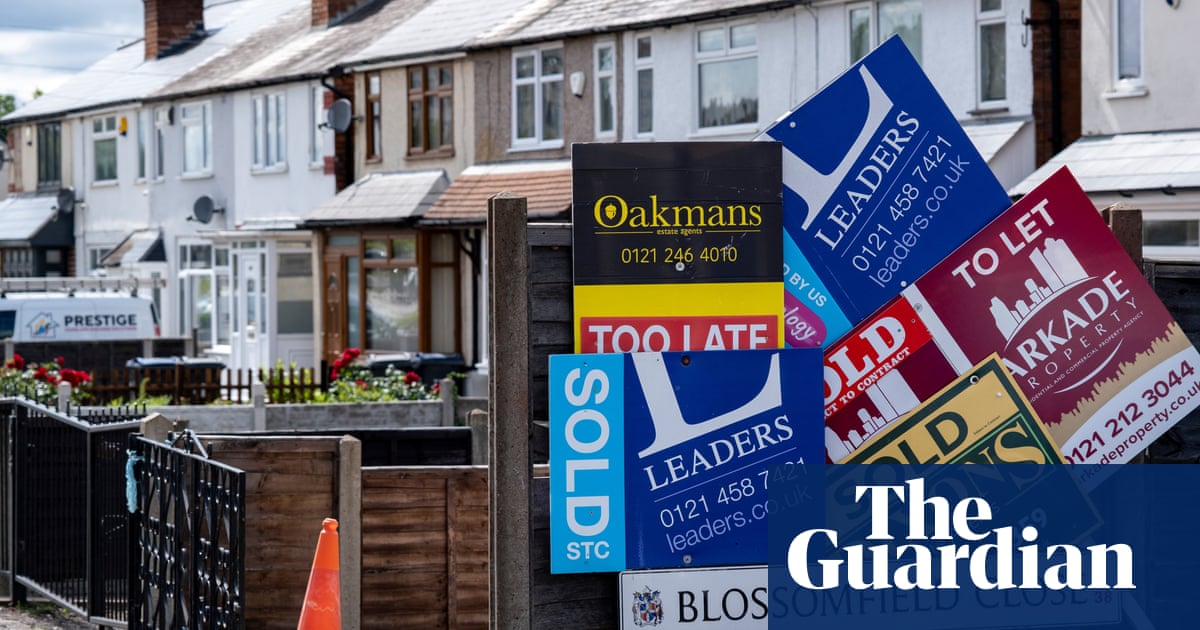The average asking price for a UK home has dropped by more than £5,000 this month as the autumn budget caused housing market jitters before the usual Christmas slowdown.
Average asking prices from new sellers fell by £5,366, or 1.4%, in November to £366,592, compared with the 0.8% decline usually recorded at this time of year, according to the website Rightmove.
Despite the drop, Rightmove’s experts struck an optimistic note as the housing market is busier than a year ago, with sentiment improved by interest rate cuts. The Bank of England cut the base rate this month for the second time this year, by another quarter point to 4.75%.
However, despite the base rate cuts, mortgage costs have edged up in recent weeks owing to other external factors. Swap rates, the rates at which banks lend to each other, rose after the budget last month and the US presidential election, amid uncertainty about inflation and the global economy. Interest rates are still expected to decline but not as far or as fast as previously thought, with analysts pencilling in a reduction to about 3.5% by early 2026 rather than to 3%.
The average two-year fixed mortgage rate is now at 5.49%, up from 5.36% in mid-October, but still below the 6.19% of this time last year, according to the data analyst Moneyfacts. The average five-year fix is now 5.22%, up from 5.05% in mid-October but below the 5.71% on offer a year ago.
Nonetheless the number of property sales being agreed is still 26% ahead of the quieter market at this time in 2023, and the number of new sellers deciding to move and coming to market is 6% higher than the same period, Rightmove says.
The property portal is now forecasting that average new seller asking prices will rise by 4% in 2025, its highest prediction since 2021, as the prospect of lower mortgage rates releases some of the pent-up demand and puts modest upward pressure on prices.
Tim Bannister, Rightmove’s director of property science, said: “We had been seeing a drop-off in buyer demand, both in the lead-up to the budget and in its immediate aftermath, as it was confirmed that there will be an increase to stamp-duty charges for most home-movers and second-home buyers, and some first-time buyers.”
after newsletter promotion
However, “zooming out” of these short-term trends, the big picture of market activity remains positive when compared with the quieter market at this time last year, Bannister said. “This sets us up for what we predict will be a stronger 2025 in both prices and number of homes sold, particularly if mortgage rates fall by enough to significantly improve affordability for more of the mass market.”

